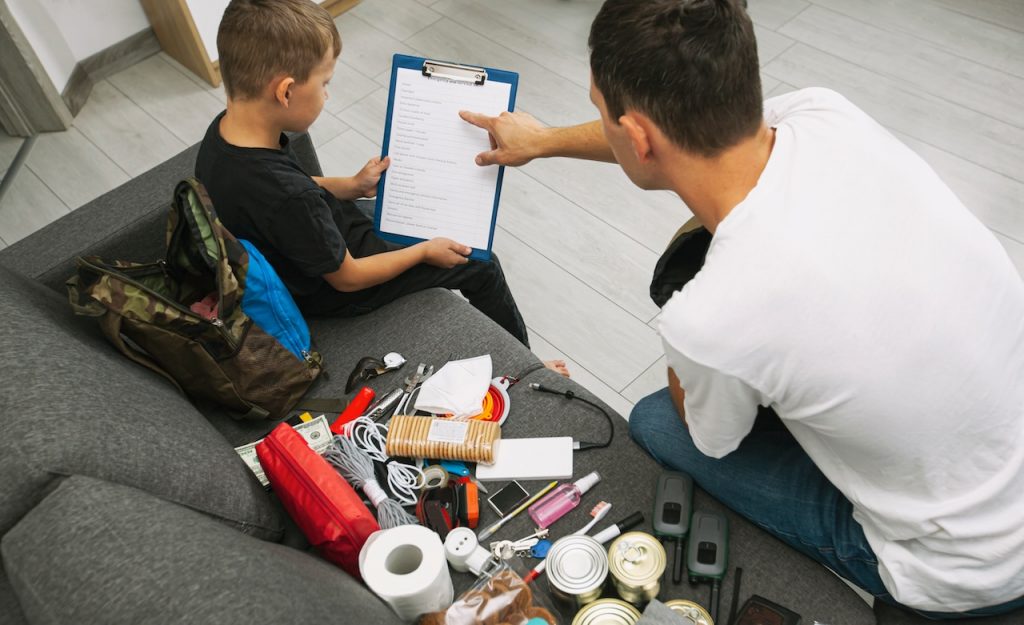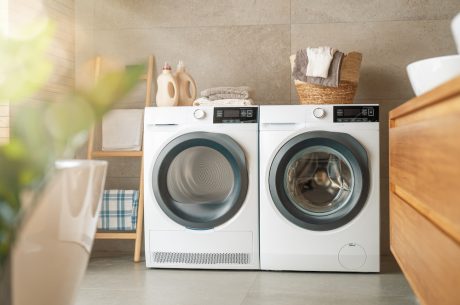Flood preparedness is key. We know that understanding flood risks and preparing for potential flooding is crucial for our community. Springfield has a history of flooding, and certain areas are prone to flood risks. With the proper knowledge and preparation, you can protect your home and family from the devastating effects of flooding.

Flooding can cause severe water damage.
Flood History and Risk Areas in Springfield
Springfield has experienced significant flooding over the years, with heavy rainfall and storms contributing to rising water levels. The city’s proximity to rivers and creeks increases the likelihood of flooding, especially during the spring and summer months. Areas near Accotink Creek, Pohick Creek, and nearby tributaries are particularly vulnerable to flooding.
Homeowners in these high-risk zones should be vigilant and take extra precautions to safeguard their properties. They should also stay informed about local flood risks and pay attention to weather alerts and warnings from local authorities.
Flood Preparedness: Creating an Emergency Plan
Flood preparedness is essential for minimizing damage and ensuring your family’s safety. Here are some steps to help you create a comprehensive emergency plan:
1. Know Your Risk:
- Check local flood maps and resources to determine if your home is in a flood-prone area. This will help you understand the level of risk and the necessary precautions.
2. Assemble an Emergency Kit:
- Prepare an emergency kit with essential supplies, including water, non-perishable food, medications, flashlights, batteries, a first-aid kit, and important documents. Make sure the kit is easily accessible in case of an evacuation.

Go over your emergency plan regularly.
3. Create a Family Communication Plan:
- Develop a communication plan with your family members to ensure everyone knows what to do and where to go in case of a flood. Designate a meeting point and establish contact methods.
4. Elevate Electrical Appliances and Utilities:
- Raise electrical appliances, heating systems, and utilities above potential flood levels. This helps prevent damage and reduces the risk of electrical hazards.
5. Install Sump Pumps and Backflow Valves:
- Install sump pumps in basements to remove excess water and backflow valves to prevent sewage backup. Regularly check and maintain these systems to ensure they function correctly.
6. Secure Important Documents:
- Keep important documents in a waterproof container, such as insurance papers, identification, and financial records. Consider digitizing these documents for added protection.
The Importance of Flood Insurance
Flood insurance is a crucial component of flood preparedness. Standard homeowners’ insurance policies typically do not cover flood damage, making obtaining a separate flood insurance policy essential. Here’s why flood insurance is important and how to obtain it locally:
1. Comprehensive Coverage:
- Flood insurance provides coverage for property damage and personal belongings caused by flooding. This can include repairs to your home, replacement of damaged items, and assistance with temporary living expenses if your home is uninhabitable.
2. Financial Protection:
- Flood damage can be costly; without insurance, you may be responsible for the total cost of repairs and replacements. Flood insurance offers financial protection and peace of mind.
3. Local Resources:
- In Springfield, VA, you can obtain flood insurance through the National Flood Insurance Program (NFIP) or private insurance providers. Visit FEMA’s National Flood Insurance Program for more information and to find local insurance agents.
4. Understanding Coverage:
- Work with an insurance agent to understand your policy’s coverage, deductibles, and limitations. Ensure your policy covers both the structure of your home and its contents.

Sometimes, only professionals can help you restore your home.
Preparedness and PuroClean of Springfield
Protecting your home and family from flood risks starts with proper preparation and understanding your local risks. At PuroClean of Springfield, VA, we assist with water damage restoration and flood preparedness. Visit our water damage restoration services page to learn more about how we can help. Call us at (703) 334-0410; our team of experts is standing by 24/7.
The EPA has also created a number of comprehensive guides regarding floods, the damage they cause, and how best to mitigate potential damage. They offer PDFs, interactive guides, and videos that cover the entire flooding gamut. We suggest starting with their guide to practical protection options.



